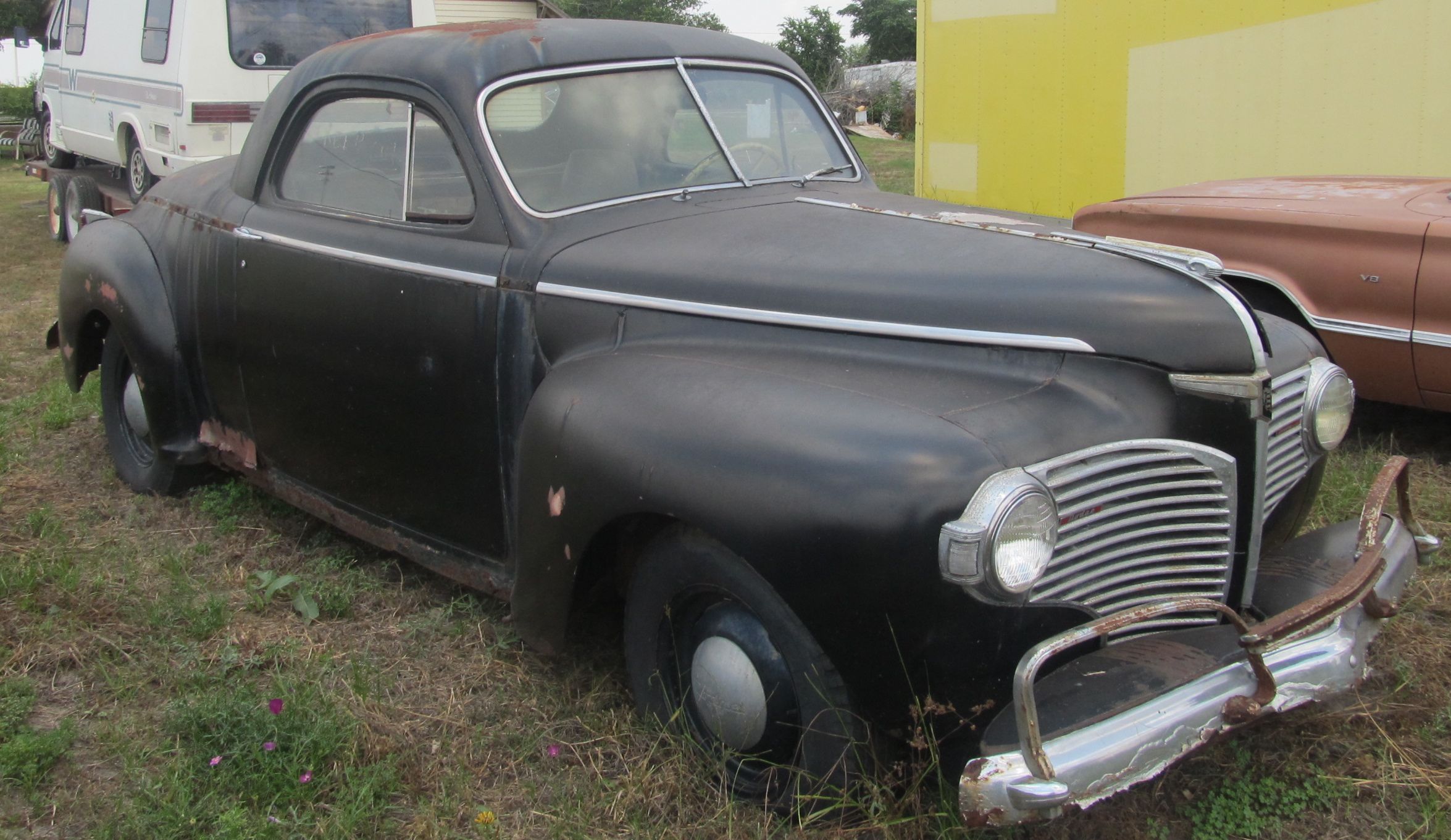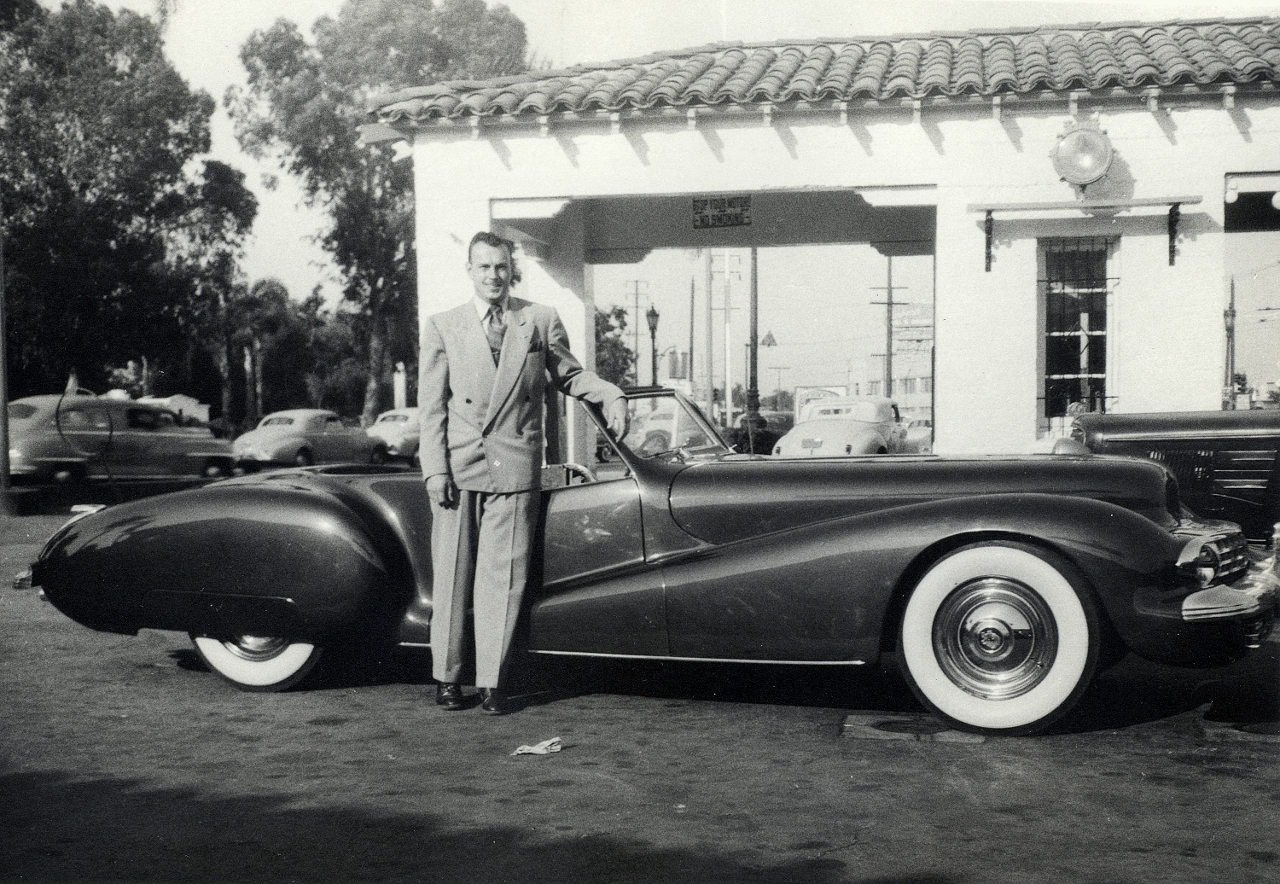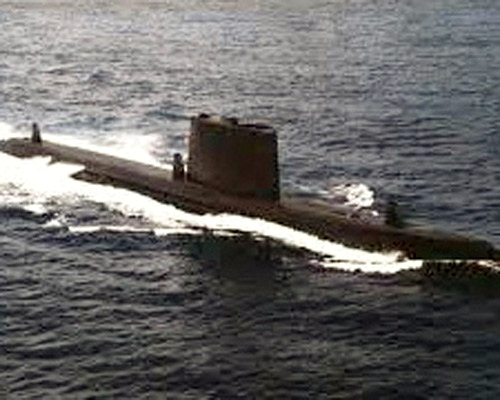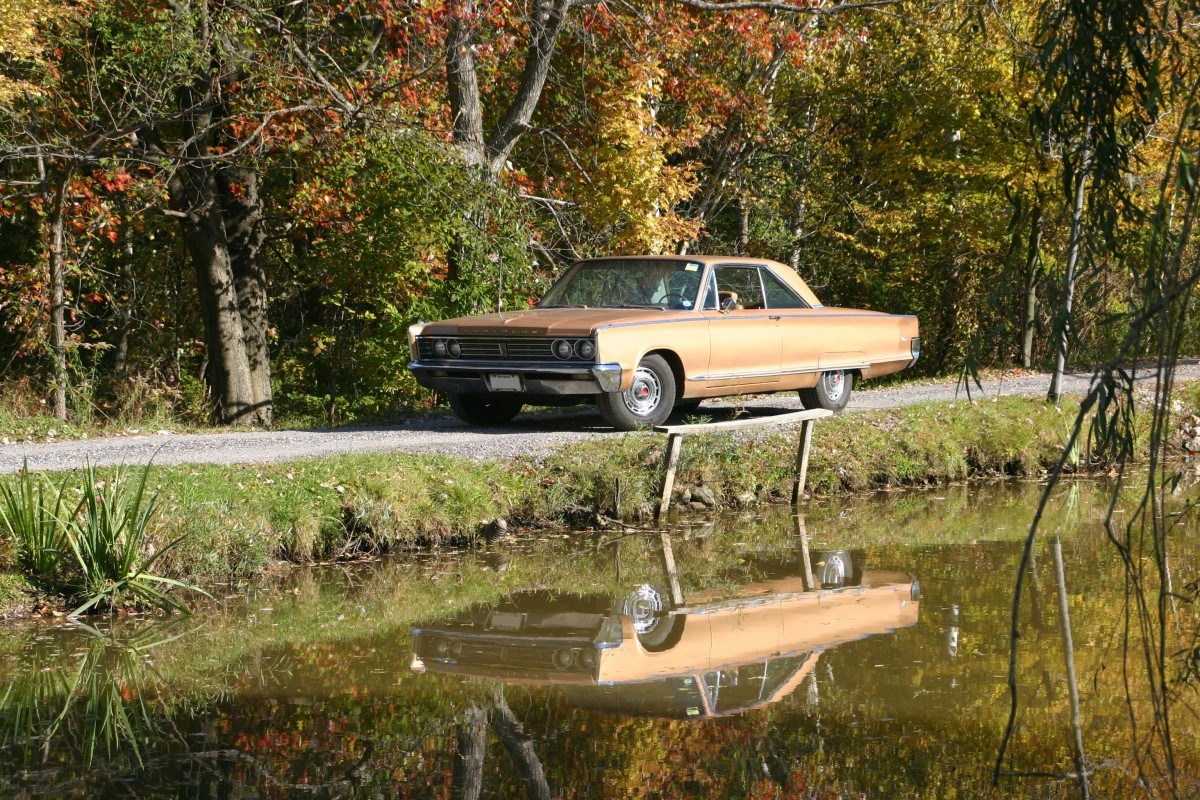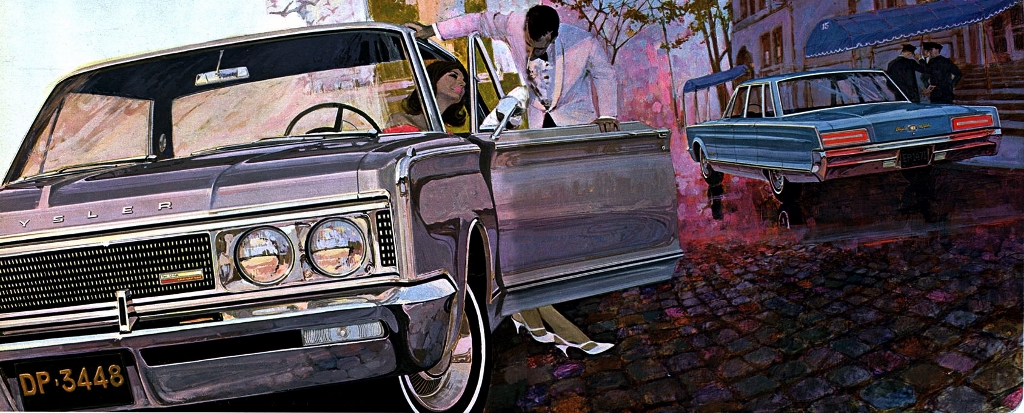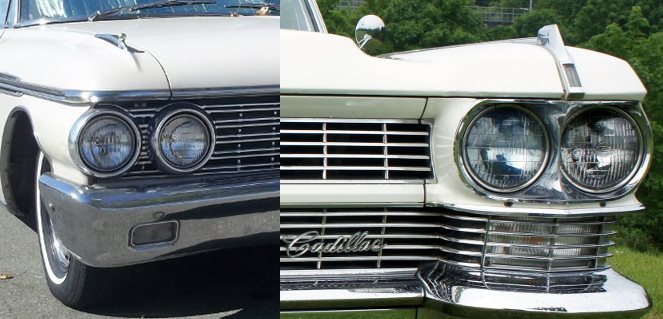
NOTE: Another article by my friend Tony LaHood. Republished here with his permission. -TK There were those who considered Vernon O’Neal a cumbersome and plodding businessman; far more people admired his Texas pluck, which manifested itself in his cheeky exuberance to shake things up. His instincts had paid off quite well; he owned the biggest-by-volume…


